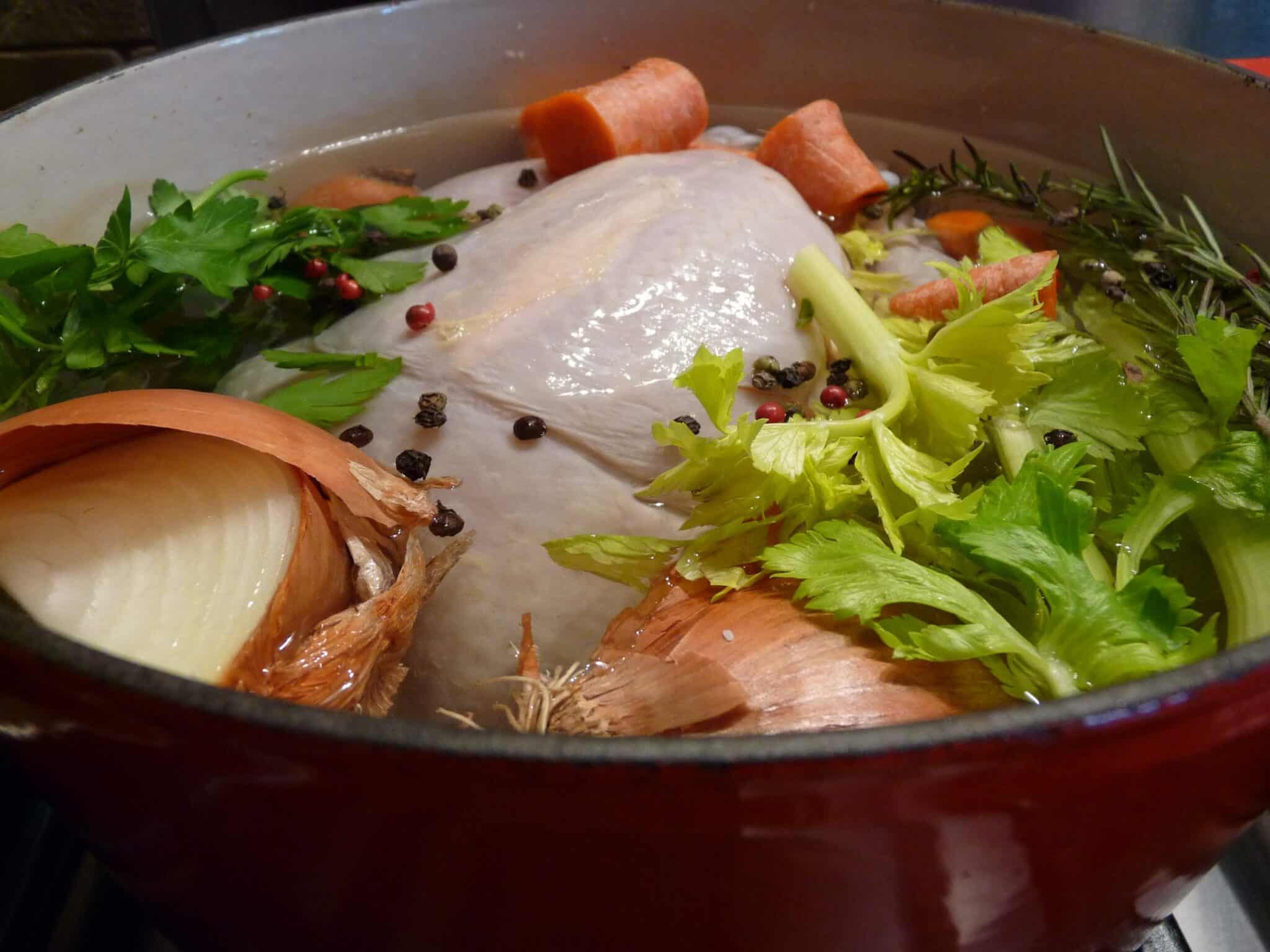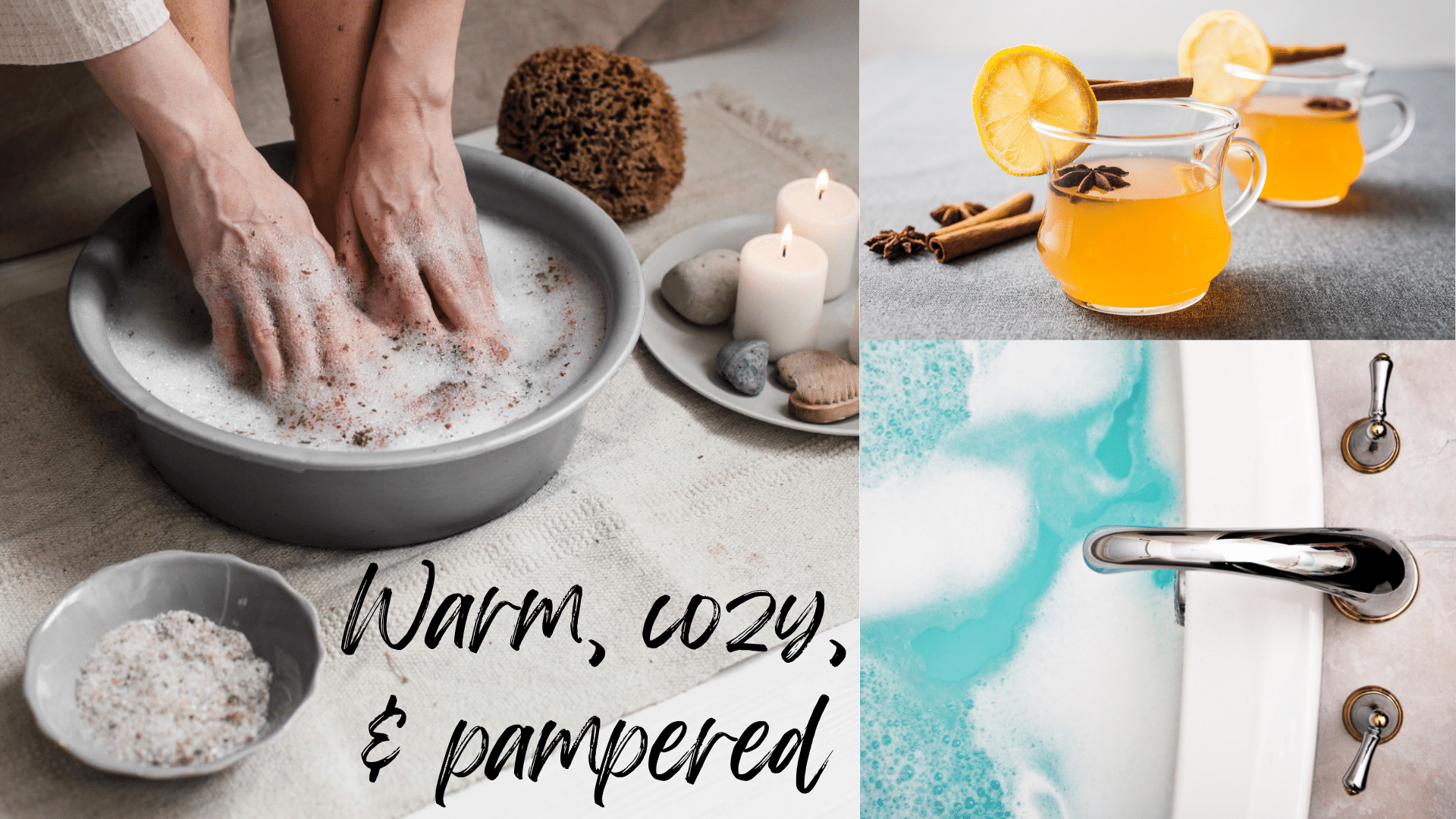CUP OF COMFORT
Have you ever heard the term warm your innards? Innards is a slangy word for the gooey stuff under your skin that makes you live. What a thought, but you know what I mean. Well just before COVID, friends came to stay for a long weekend. Sadly, I was miserable with an earache: tired, aching, and crabby. My friend Chad came to the rescue making me a hot toddy served up in a beautiful teacup. It not only warmed my innards, but it also proved to be comfort in a cup. With the latest variation of COVID rearing its ugly head this winter, we thought you might like to find some comfort in a cup. My fella has been suffering for days from this variant, and a nice hot drink followed by a nice hot shower has done him a world of good.
Hot toddy recipes vary and are traditionally drunk before retiring for the night, in wet or cold weather, or to relieve the symptoms of the cold and flu. In How to Drink, Victoria Moore describes the drink as “the vitamin C for health, the honey to soothe, the alcohol to numb.”
In its classic form, writes Barbara Rowlands for The Telegraph, the drink is served in a glass. It contains, she writes, “a shot of whisky (preferably malt), a teaspoon of honey and a dash of fresh lemon, topped up with boiling water poured over a silver spoon to prevent the glass from cracking.” Of course, you can always serve your toddy in a mug or pretty teacup.
Add spices to the mixture to reflect your personal preference and the contents of your spice cabinet. Fresh ginger, nutmeg, cloves, cinnamon sticks, and star anise are lovely, fragrant, and tasty additions. Chad studded a lemon peel with cloves for my toddy.
The psychological effect of having a comforting warm drink is important! Stress and anxiety will have an impact on your immune system and lower your resistance. Drink a hot toddy like you might take a mild sedative or tranquilizer. To give you a warm, relaxing, and cozy feeling.
How to Make the Best Hot Toddy
The secret to making the best hot toddy is simple—just tinker with the amount of lemon juice and honey until it suits your taste buds. You may be surprised by how an extra teaspoon of lemon juice or honey changes the flavor. Basics are in the recipe below.
Any good whiskey will do, like Bulleit Rye or Jameson Irish Whiskey, but you can also use Scotch, dark rum, brandy, or cognac.
Ingredients
- ¾ cup water
- 1 ½ ounces whiskey*
- 2 to 3 teaspoons honey, to taste**
- 2 to 3 teaspoons lemon juice, to taste
- 1 lemon round
- 1 cinnamon stick, 1 star anise, a few cloves, a slice of fresh ginger, and/or a grind of fresh nutmeg (optional, for garnish)
* If you are doing Dry January 1) good for you! and 2) you can substitute an alcohol-free bourbon like Kentucky 74 – NA Bourbon or an alcohol-free spirit of choice.
** Especially helpful is Manuka honey. Why Manuka? Research has shown that Manuka honey has more antibacterial and anti-inflammatory properties than regular honey. Or, look for a honey that is produced in your area. Local bees make local honey, which means the pollen they collect and bring back to the hive is sourced from local plants. Since these same plants cause many seasonal allergies, eating honey that contains that pollen can possibly combat those allergies. Moreover, according to talkingwithbees.com, local honey will offer better taste and nutrition: it is often raw, roughly filtered, and has not been heat treated or pasteurized. This means it tastes better and includes a wider variety of nutrients, including pollen and enzymes.
It is best for your health to opt for raw honey. Raw honey is unprocessed and can be purchased at health food stores, farmers markets, and vitamin shops. It is always best to try to use raw, organic honey with no preservatives, added sugar, or any other types of additives.
Do hot toddies really help a cold?
According to Healthline in a November 2, 2022 article, the components of a hot toddy can help relieve some symptoms associated with cold and flu. In a 2008 study, participants reported that consuming a hot beverage provided immediate and sustained relief from symptoms of runny nose, cough, sneezing, sore throat, chilliness, and tiredness.
Are there any other drinks that will help?
According to Web MD, there are!
Decaf tea. The heat can soothe sore throats, stuffy noses, chest congestion, and upset stomachs. Plus, a warm cup of tea is comforting when you’re feeling rough. If you choose one with herbs like ginger, your immune system may get a small boost, too. For an extra benefit, try adding a small dollop of honey to your cup: It can calm a cough and help you sleep. Comfort in a cup.
Water with lemon. Hot or cold, it keeps you hydrated and loosens up stuffiness and congestion. Lemon is also high in vitamin C, which may make a cold slightly shorter if you get it regularly.
Soup. Clear soups and broths give you calories when you may not have much of an appetite. Some research shows they may help relieve inflammation in the body, which can relieve some of your symptoms. The warmth also helps break up mucus.
Wonder Soup. When my mom was in the hospital after surgery, she refused to eat the awful food the hospital served, especially the weak, flavorless chicken bouillon. I went home and made a pot of Wonder Soup. I returned to the hospital the next day, smuggled in the soup, and she drank every drop. This is a very informal recipe, as you’ll see.
- 1 whole chicken raw or a rotisserie chicken with the meat removed
- 2 roughly chopped carrots
- 2 roughly chopped celery stalks with leaves
- 1 quartered onion (go ahead and leave the skin on for beautiful color)
- 2-3 smashed garlic cloves (again, go ahead and leave the skins on)
- A few peppercorns
- Salt
- A large sprig of fresh rosemary (thyme would be good too) and a several large sprigs of fresh parsley, stems and all.
Toss everything in a large pot and cover with water. Bring to a boil and simmer for an hour or two. Skim the foamy muck off the top periodically until it stops forming (this will help the broth be nice and clear). Remove the chicken and set aside to cool. Toss the veggies and the herbs in the trash; they’ve done their job. Strain the broth, ideally using cheesecloth. Adjust seasoning to taste. There you have it: Wonder Soup: a true cup of comfort.
NOTE: for regular consumption, remove the chicken meat from the bone and use some either shredded or cubed in the broth. The rest will make a nice chicken salad or chicken tacos. Add chopped carrots, celery, and onion. Chop and add some fresh parsley, rosemary or thyme. Later you can add noodles, peas, green leafy vegetables – whatever suits your fancy. You’ll never want to go back to canned or boxed soup.
After your hot toddy, slip into something warm and cozy – like an epsom salt bath. Read more about this little luxury here – it’s a cup of comfort on a much larger scale.
As you journey through the perilous waters of winter, we wish you smooth sailing, good health, and comfort in a cup in the event you do fall into the arms of a cold, the flu, or COVID. We’re here to provide you with thee means to obtain comfort in a cup.





